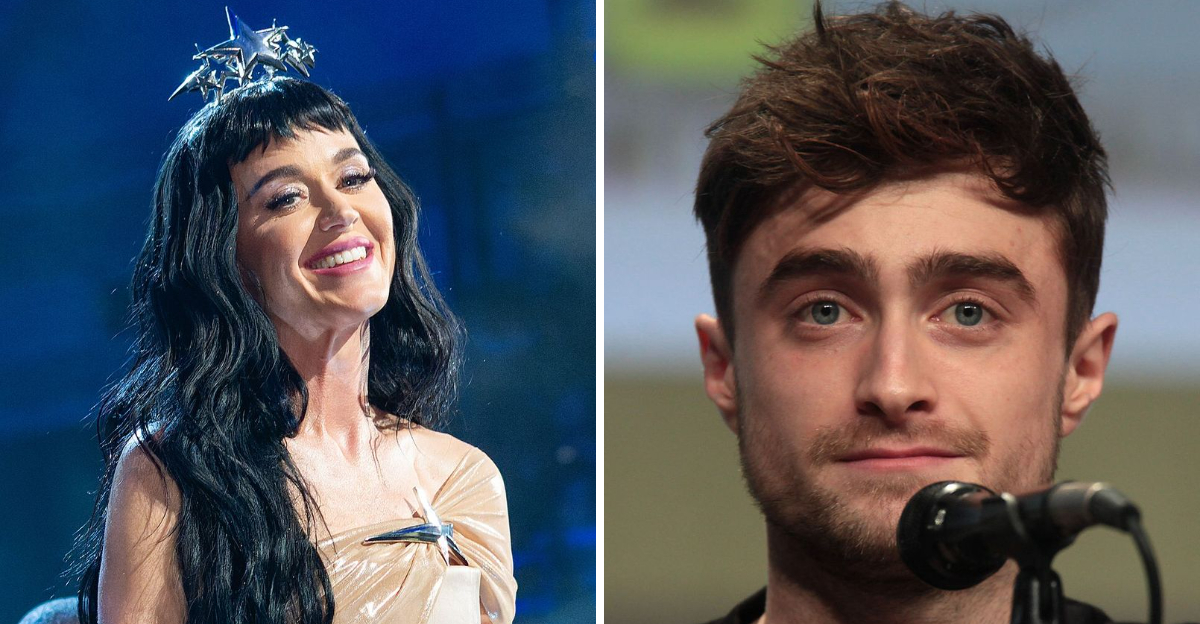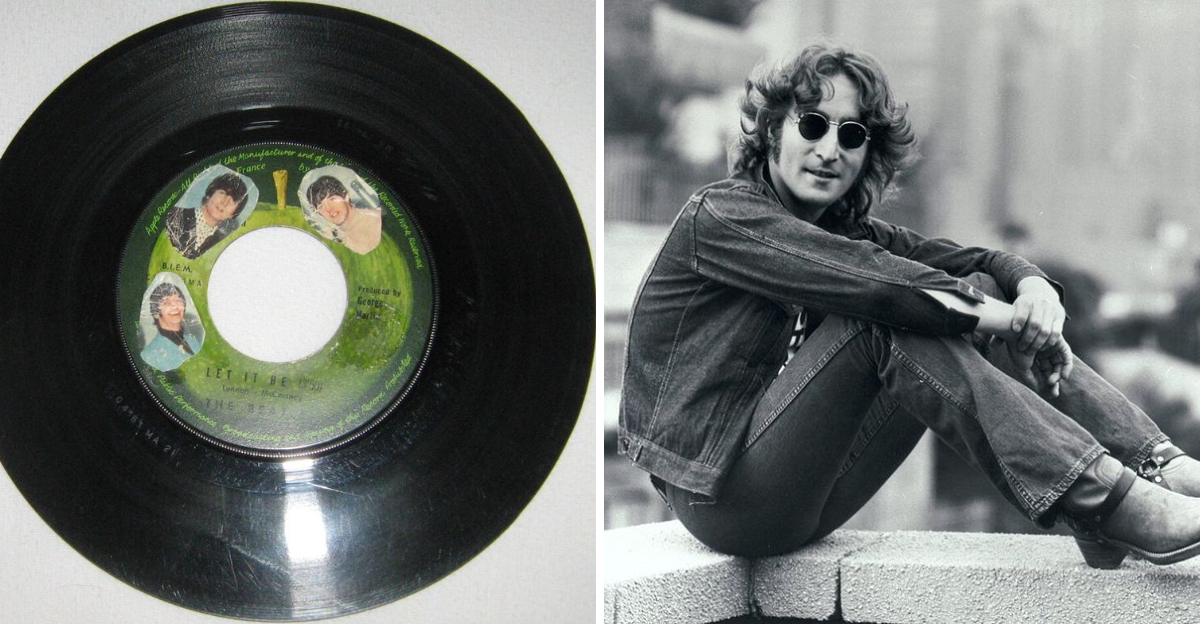6 TV Characters From The ’60s Who Later Led Spin-Off Series
Television in the 1960s wasn’t just entertainment – it was a revolution in storytelling that turned ordinary living rooms into portals of imagination.
Audiences fell in love with characters so magnetic, they refused to fade when the credits rolled. Writers answered that devotion with spin-offs that gave those icons their own spotlight. From clever secret agents trading whispers and danger to small-town dreamers chasing second chances, each new series carried the thrill of discovery and the comfort of familiarity. Viewers tuned in not just for laughter or drama, but to follow familiar faces into bold, new worlds.
These spin-offs didn’t just extend stories, they built empires of pop culture that still echo through TV history. Every episode captured that electric blend of charm, wit, and curiosity that kept audiences glued to their screens, proving that some characters were simply too beloved to say goodbye to.
Disclaimer: Content is based on verified historical broadcast data and publicly available entertainment sources. Series dates, cast information, and production details reflect the most accurate records available at the time of publication but may differ slightly by network or syndication source. This feature is intended for informational and entertainment purposes only and should not be considered an exhaustive or official historical record.
1. Gomer Pyle Goes To Boot Camp
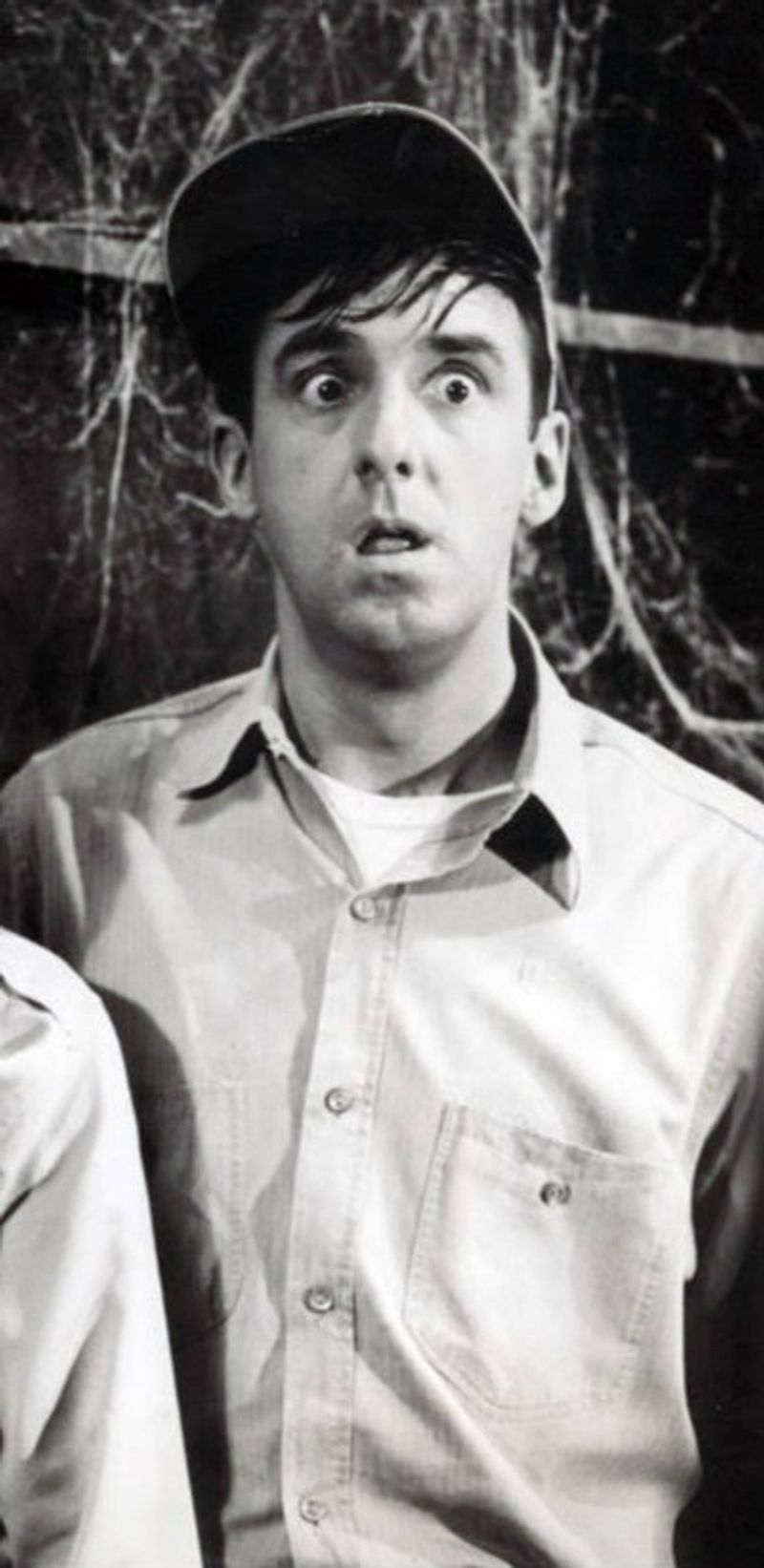
Gomer Pyle started as a lovable gas station attendant on The Andy Griffith Show, charming viewers with his innocent outlook and signature catchphrase, “Shazam!” His sweet nature and hilarious misunderstandings made him an instant fan favorite. When Jim Nabors brought this character to life, audiences couldn’t get enough.
The spin-off Gomer Pyle, U.S.M.C. launched in 1964, following Gomer as he joined the Marines. Sergeant Carter’s frustrated reactions to Gomer’s well-meaning blunders created comedy gold. The show ran for five successful seasons, proving that small-town charm could thrive even in military settings.
Nabors’ portrayal balanced humor with heart, making Gomer both funny and genuinely likable.
2. Sam Jones Takes Over Mayberry
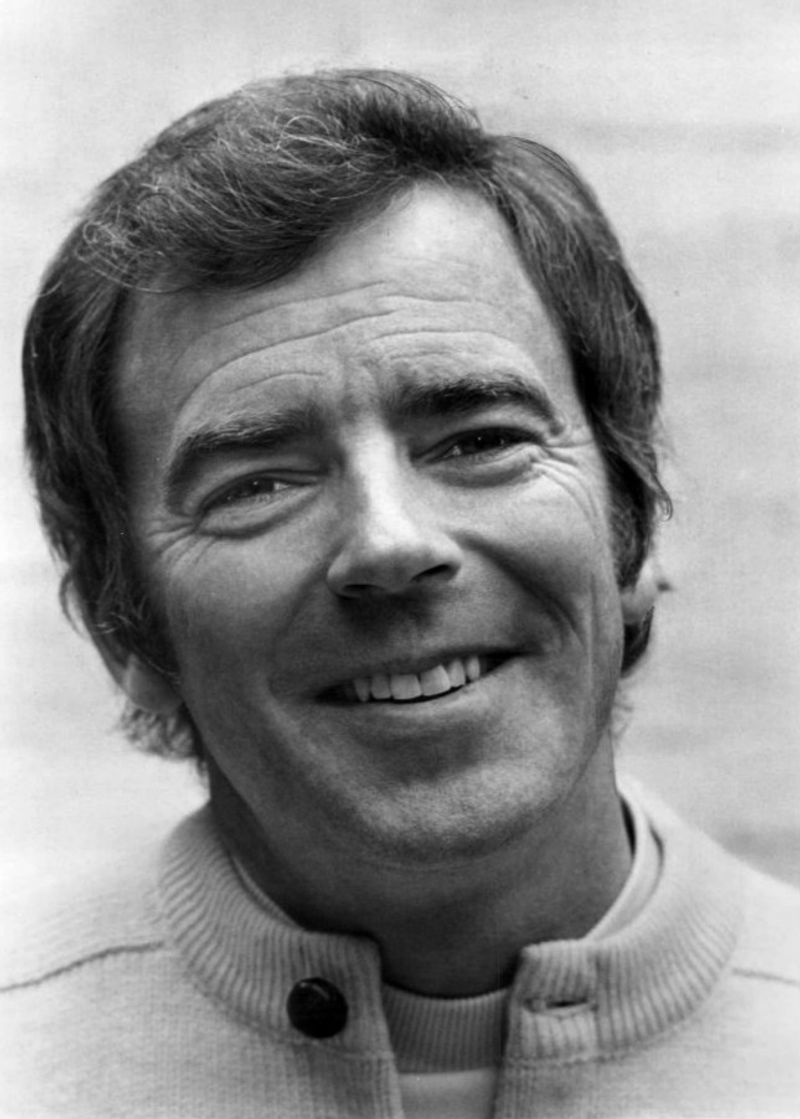
When The Andy Griffith Show ended in 1968, fans weren’t ready to say goodbye to Mayberry. Enter Sam Jones, a widowed farmer with a young son, played by Ken Berry. Sam brought a fresh perspective while maintaining the wholesome values that made Mayberry special.
Mayberry R.F.D. premiered immediately after the original series concluded, keeping the beloved town alive. Sam’s gentle parenting style and community involvement resonated with audiences who missed Andy Taylor. The show featured familiar faces like Aunt Bee and Goober, creating comfortable continuity.
Though critics sometimes dismissed it as too simple, viewers loved its warmth. The series ran until 1971, when rural-themed shows were canceled despite solid ratings.
3. Tabitha Stephens Grows Up
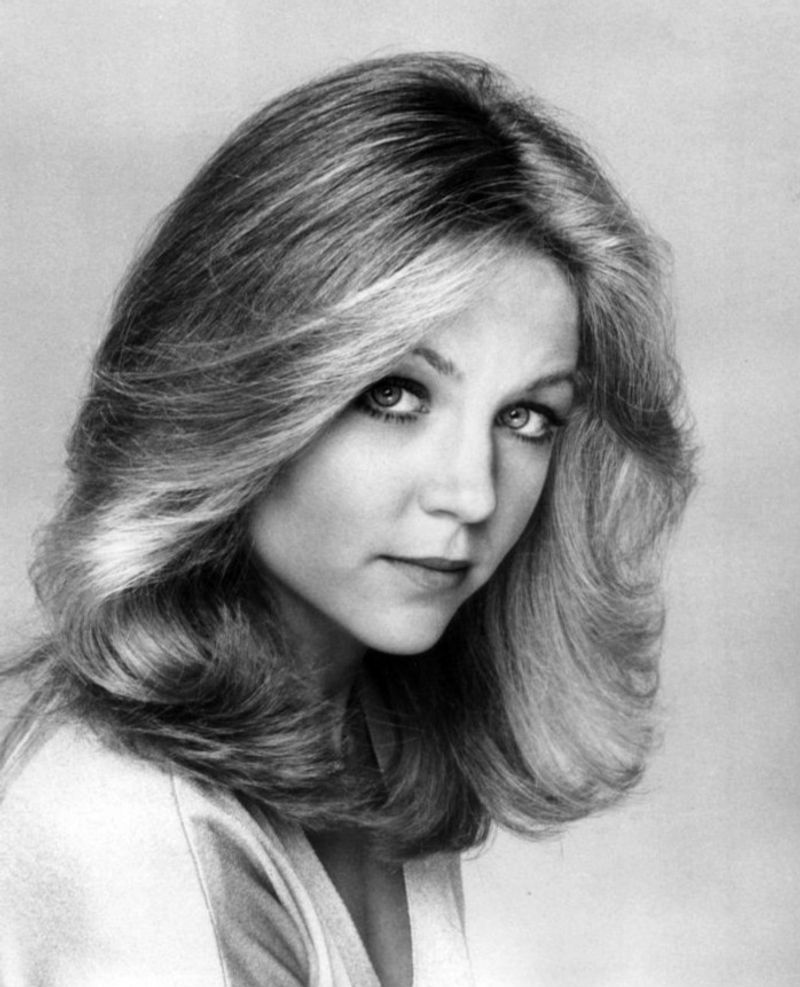
Bewitched introduced us to Tabitha as the adorable daughter of Samantha and Darrin, a little witch learning to control her powers. Her nose-wiggling antics and magical mishaps delighted audiences throughout the original series. However, by 1977, Tabitha had grown up and was ready for her own adventures.
The spin-off simply titled Tabitha starred Lisa Hartman as the now-adult witch working as a production assistant at a television station. She tried balancing her magical heritage with normal life, much like her mother before her. Unfortunately, the show struggled to find its audience.
Despite the nostalgic connection, Tabitha only lasted one season with just twelve episodes aired.
4. April Dancer Joins U.N.C.L.E.
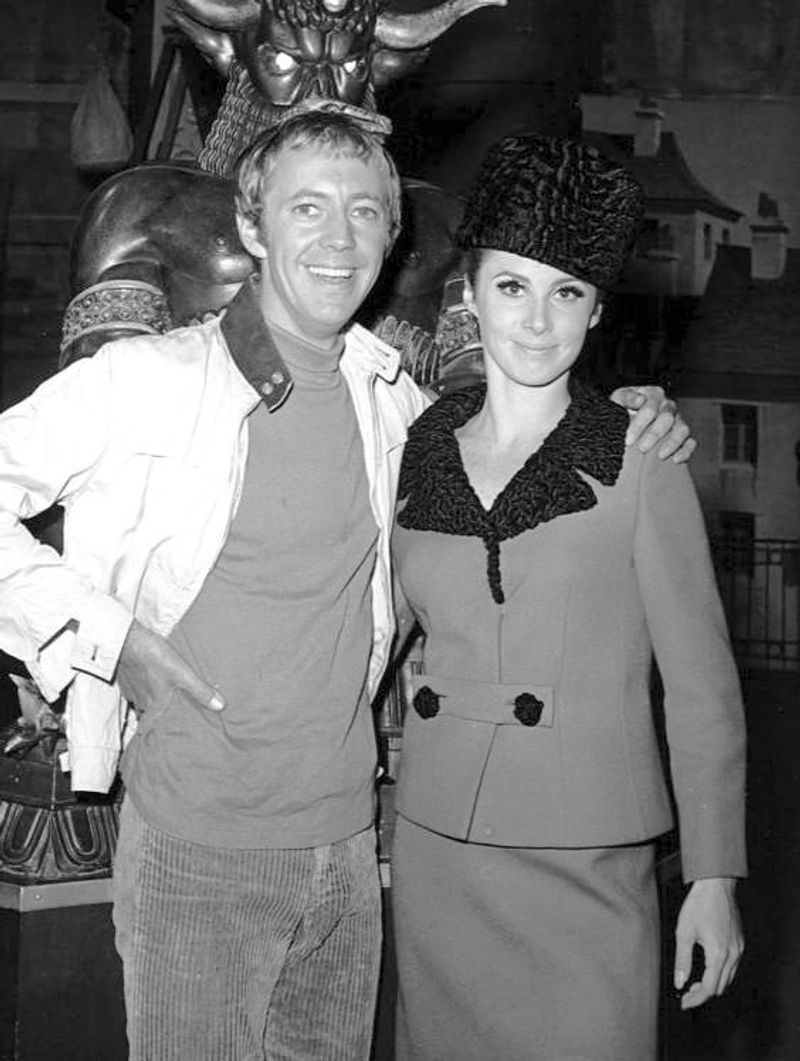
The Man from U.N.C.L.E. rode the wave of 1960s spy mania, featuring suave agents battling evil organizations. Recognizing the potential for a female-led counterpart, producers created April Dancer, a smart and capable agent who could hold her own in dangerous missions. Stefanie Powers brought sophistication and athleticism to the role.
The Girl from U.N.C.L.E. debuted in 1966, pairing April with British agent Mark Slate. The show embraced the mod aesthetic with stylish outfits and groovy gadgets. April proved that women could be action heroes, kicking down doors and outsmarting villains with equal flair.
Though it only ran one season, the series broke ground by featuring a female secret agent as the lead character.
5. Lieutenant Columbo Solves Mysteries

Lieutenant Columbo first appeared in a 1968 TV movie titled Prescription: Murder, where Peter Falk introduced audiences to the rumpled detective with the unforgettable catchphrase, “Just one more thing.” His seemingly confused demeanor hid a razor-sharp mind that always caught the killer. Viewers immediately connected with this unconventional investigator.
The character earned a full series starting in 1971 as part of the NBC Mystery Movie rotation. Columbo’s format was revolutionary, showing the crime first and then watching the detective unravel the culprit’s carefully constructed alibi. His battered raincoat and beat-up car became iconic symbols.
The show won multiple Emmys and ran intermittently for decades, cementing Columbo as one of television’s greatest detectives.
6. Marcia Brady Gets Married
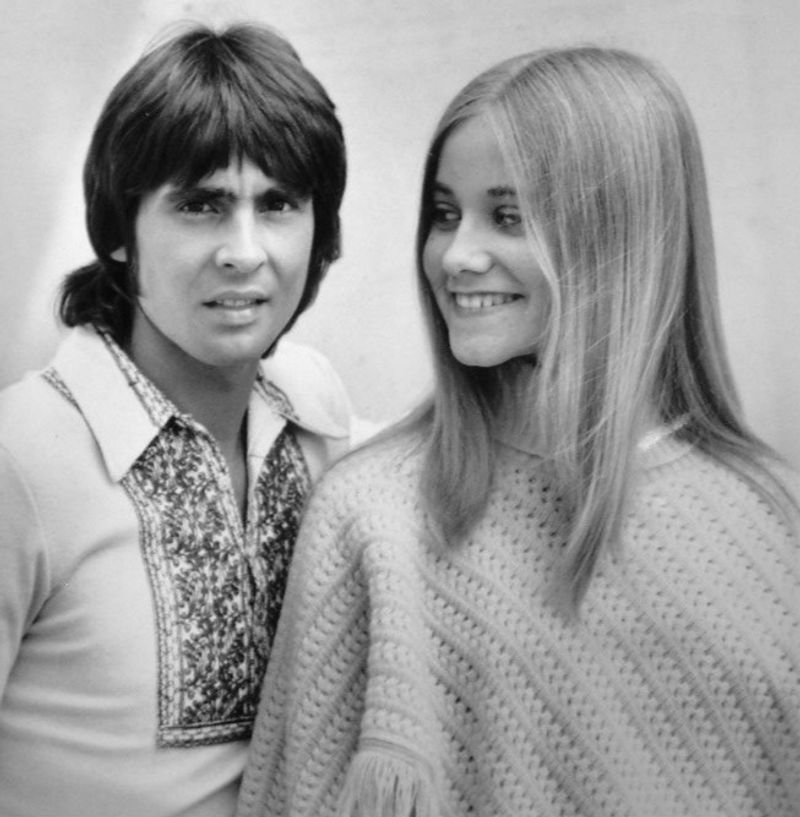
Marcia Brady was the oldest daughter on The Brady Bunch, navigating teenage life with her signature charm and occasional vanity. Her famous line, “Marcia, Marcia, Marcia!” became part of pop culture history. When the original series ended in 1974, fans wondered what happened to the Brady kids as they grew up.
The Brady Brides premiered in 1981, focusing on Marcia and her sister Jan as newlyweds sharing a house with their husbands. The premise promised comedy from cramped living quarters and sibling dynamics. Maureen McCormick reprised her role, bringing familiar Brady warmth to the new situations.
Unfortunately, the magic didn’t translate, and the show was canceled after just ten episodes despite the Brady name recognition.


